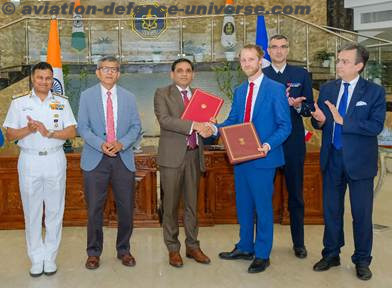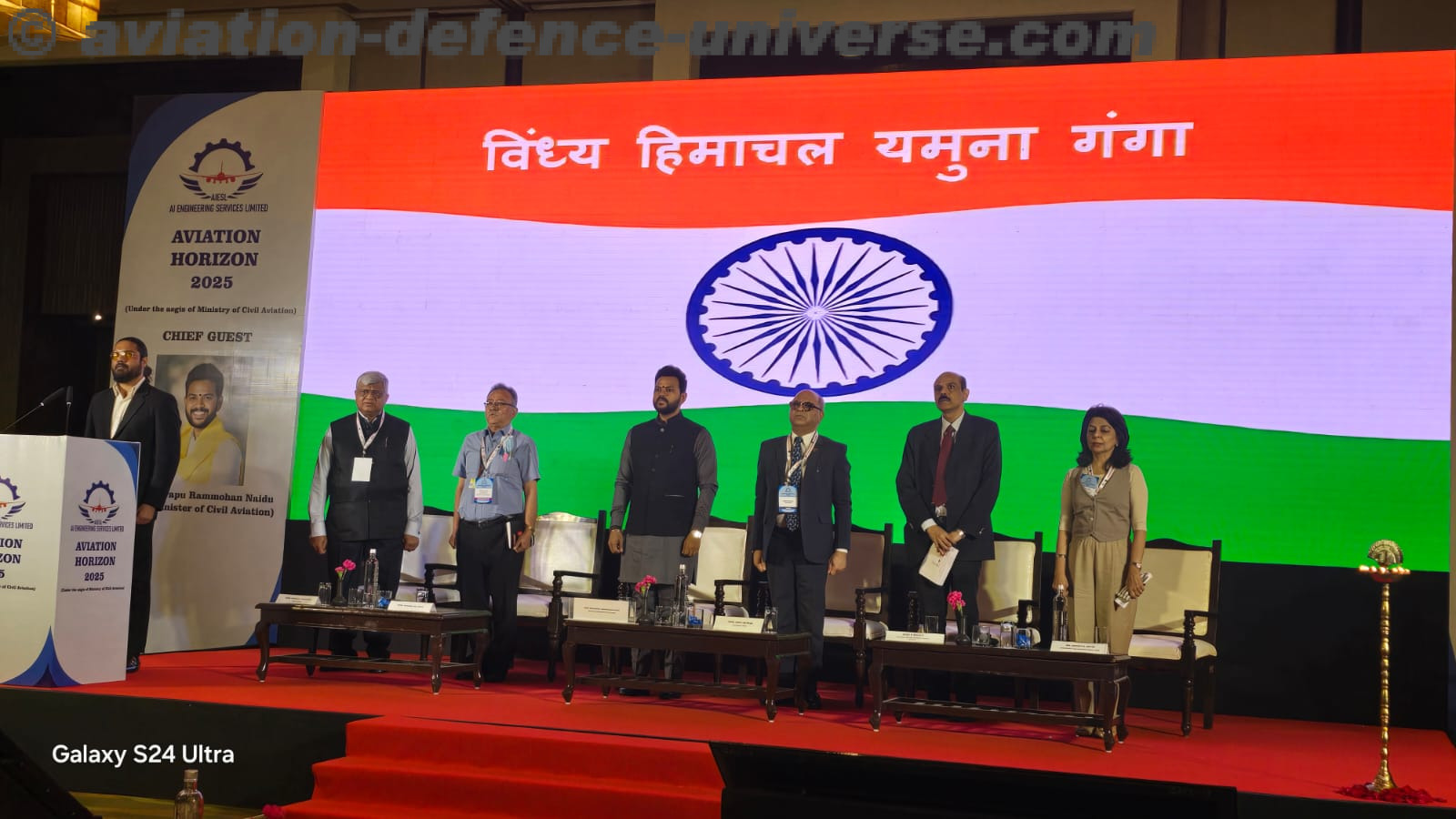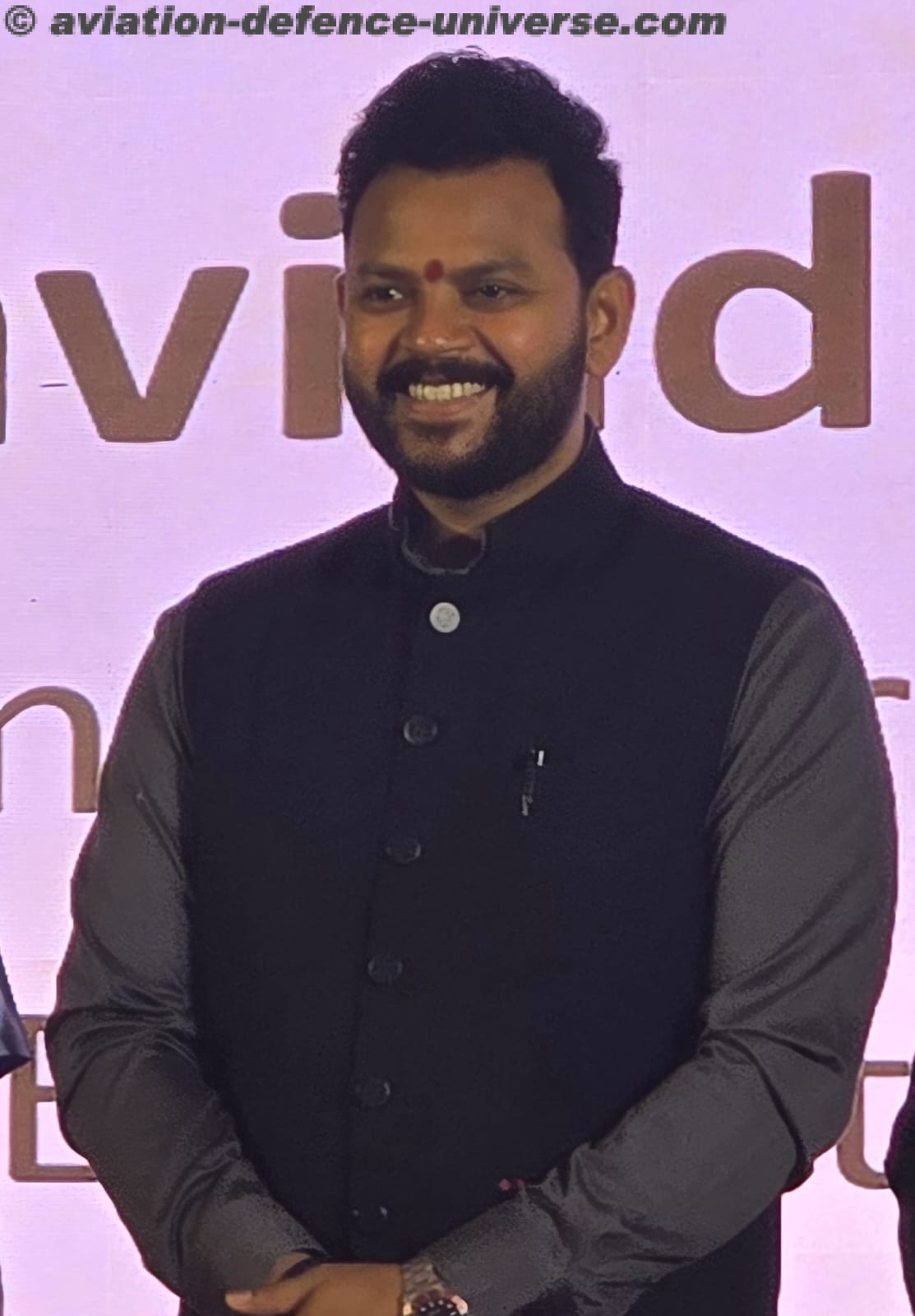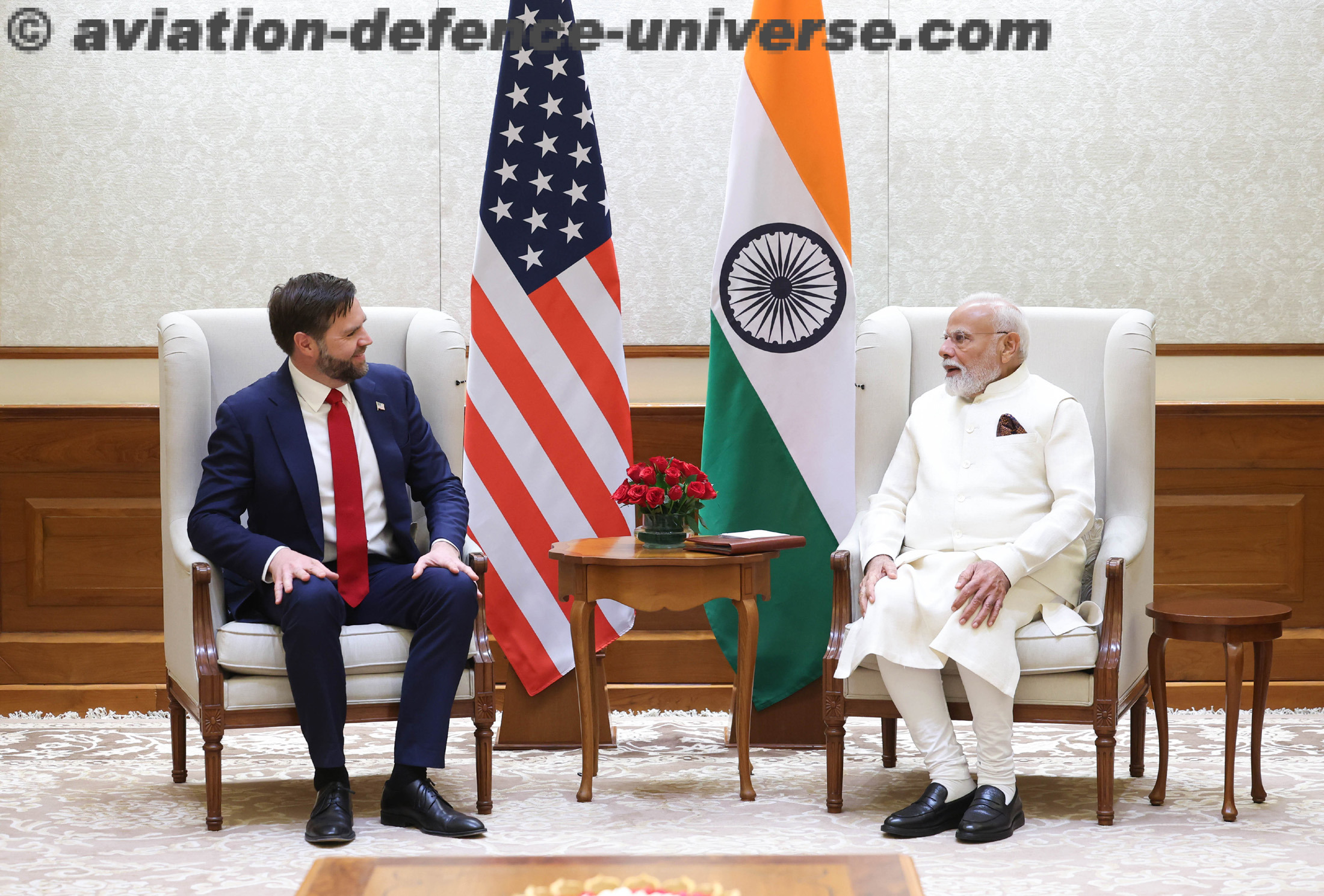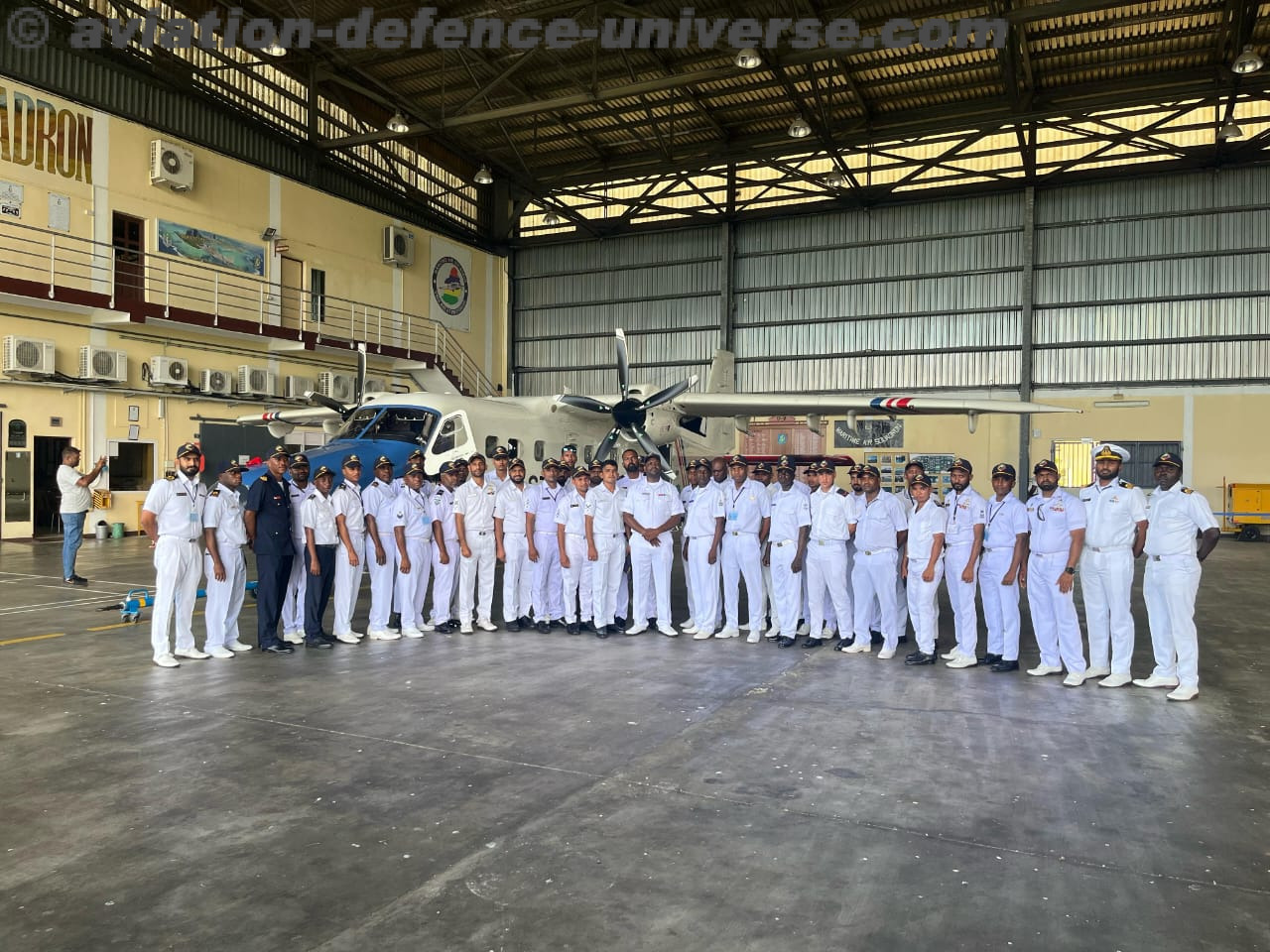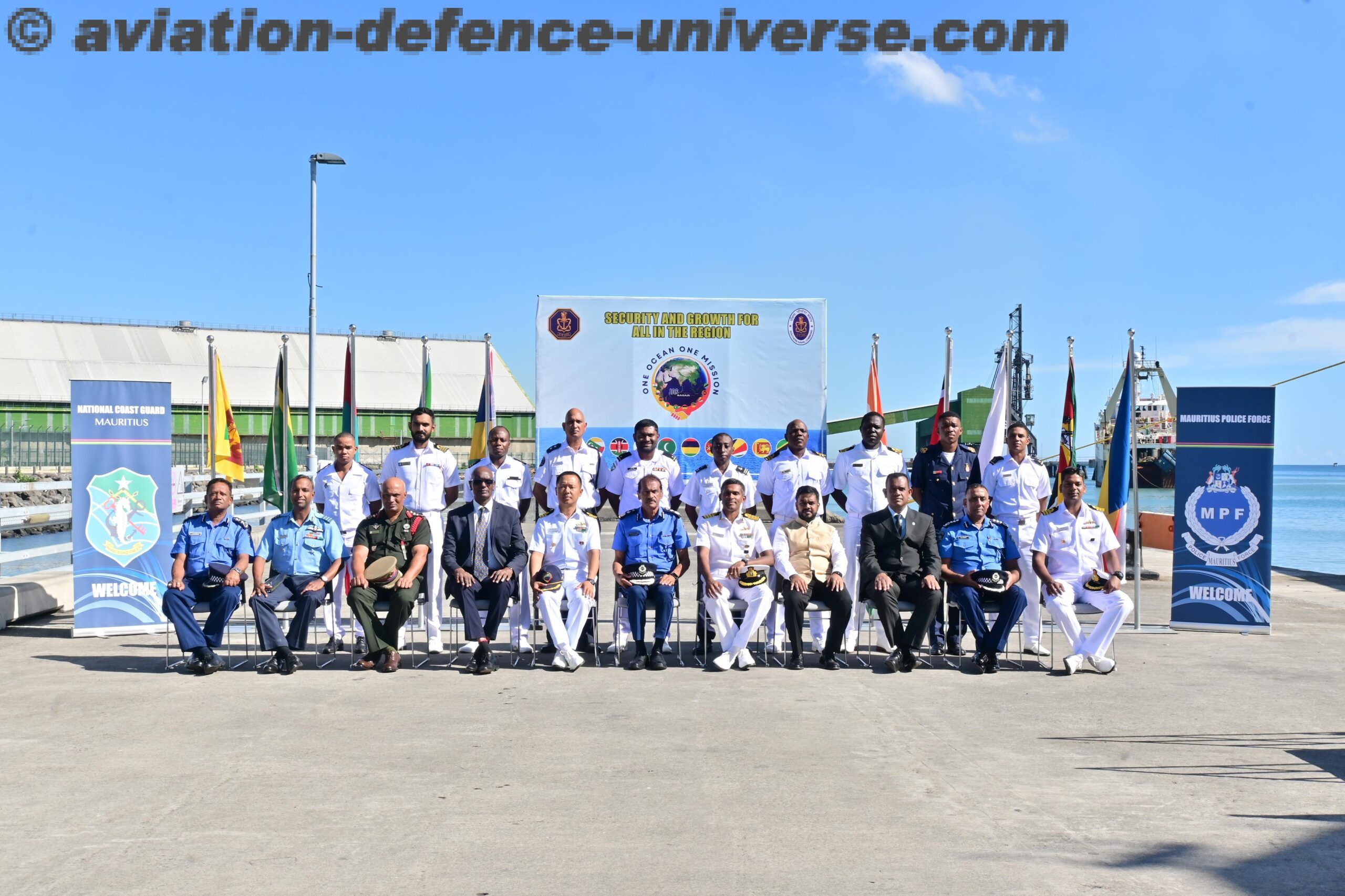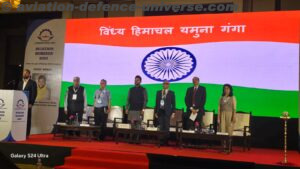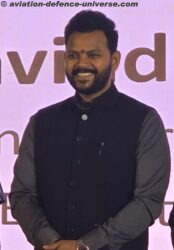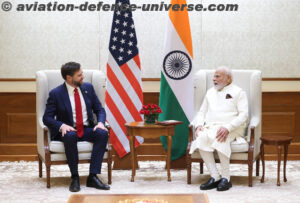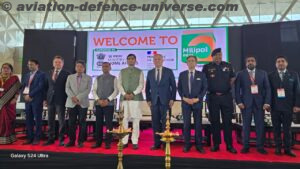By Col NN Bhatia (Retd)
New Delhi. During the many notable battles fought in the Western Theatre, to contain and destroy our adversary, one such Battle was “The Battle of Boundary Pillar (BP) 638” fought by 13 Kumaon, on 9 December 1971 near Longewala in Jaisalmer Sector, against utter combat confusion and heavy odds.
The Indo-Pakistani War of 1971 is synonymous with liberation of Bangladesh that commenced with Pakistan launching of Operation Chengiz Khan on 3 December 1971 through pre-emptive strikes on 11 Indian airbases. The war effectively came to an end after the Eastern Command of the Pakistani Armed Forces deployed to protect Eastern Wing of the country signed Instrument of Surrender on 16 December 1971 and East Pakistan seceded as an independent country of Bangladesh.
During the course of the war, though the major Indian focus was on the Eastern Theatre mainly to liberate Bangladesh, many notable battles were fought in the Western Theatre too to contain and destroy our adversary. One such Battle was “The Battle of Boundary Pillar (BP) 638”fought by 13 Kumaon on 9 December 1971 near Longewala in Jaisalmer Sector against utter combat confusion and heavy odds.
Jaisalmer Sector
In this sector, both sides planned to take the offensive. Although Pakistan’s 18 Division had neither the training nor the equipment, offensive air and the logistical support necessary to sustain a major mobile offensive in the desert, yet it ambitiously planned to capture Ramgarh and press on to neutralize the airbase at Jaisalmer. Pakistani 51 and 206 Brigades, reinforced by two tank regiments (22 and 38 Cavalry), speedily headed for the western end of the Jaisalmer bulge on 3Dec 71. The Indian 12 Division, methodically preparing its own offensive, was caught off guard when the Pakistanis appeared around Longewala.
Battle of Longewala
The Battle of Longewala was the first major engagement in the Jaisalmer sector during the 1971 Indo-Pakistani War. A Company of 23 Punjab under Maj Kuldeep Singh Chandpuri was under command 30 Infantry Brigade commanded by Brig EN Ramadoss. This company was deployed as screen position at Longewala to discern and block enemy offensive. The Pakistani indecision and staunch resistance by the screen position stalled the enemy attack that gave the grandest opportunity to the marauding Indian Air Force (IAF) Hunters from Jaisalmer to destroy the vulnerable Pakistani armour like sitting ducks in the vast open desert at will without any resistance and counter offensive by the Pakistani Air Force (PAF) and ground forces. Enemy suffered complete rout and the Battle of Longewala became part of the Indian folklore forcing Pakistani troops to retreat, leaving 20 tanks and over100 other vehicles destroyed and abandoned. According to Pakistani Major General Fazal Muqeem Khan in his book ‘Pakistan’s Crisis of Leadership’ has said that mercifully India’s 12 Division did not pursue very far other than capturing of Islamgarh on 4 Dec. The Pakistani military leadership had suffered intangible reverses. due to lack of strategic planning, terrain intelligence, offensive air support, logistics support, lack of reconnaissance of tracks by armoured and engineering staff, carrying frontal attacks than by passing Indian positions for their very ambitious tactical plan that went for a six and the next morning the surrounded unnerved screen position, under gravest threats was able to call for the direct airstrikes on the enemy’s most vulnerable immobile tanks.
Wing Commander (Later Air Marshal) M S Bawa of the IAF Base Jaisalmer, under whose leadership the counter operations were launched, on 4 Dec had received information that Pakistani tanks were on the way to Longewala. Before dawn, four Hunters had launched attack on the Pakistani tanks. Indian fighter planes destroyed over 50 tanks in the two-day long air strikes. This was the second highest after the World War II when such a large number of tanks were destroyed in air combat operations. According to Air Marshal, Pakistani tanks raced towards Jaisalmer hoping to outnumber BSF posts. However, the IAF not only repulsed the attack but crippled the Pak Army. Air Marshal has been very critical over the excessive credit being given by the Indian Army to A Company of 23 Punjab holding on to the screen position as 12 Infantry Division could not destroy Pakistani advancing column at Longewala due to poor radio communication, old AMX tanks of 20 Lancers and only integral medium artillery regiment could not support offensive operations against the withdrawing enemy. According to Maj Gen Atma Singh Hansara (Retd) no ground battle was fought and the army had merely rehearsed it on a sand model after the ceasefire to cover up the incompetence of senior military commanders. Air marshal Bawa, agrees with General and says, “This is a challenge. There was no contact between the enemy and the army.” He further said that the Pakistani thrust was blunted entirely by air action alone. Notwithstanding with all such criticism and inter service rivalries, the fact remains that both the IAF and Chandpuri and his men did the most commendable job under the most trying conditions and Chandpuri was awarded the second highest gallantry award of the Country the Maha Vir Chakra.
Incidentally, as projected by the media hype and JP Datta’s block buster film Border, the war in the desert theatre did not start and end with the Battle of Longewala. There was another mostly untold but ferocious ‘Battle of BP 638” fought by 13 Kumaon that created history of unknown sorts.
Battle of BP 638
In the entire desert theatre two Kumaon battalions, the 13th and the 15th took part in 1971 operations. While the 15th was deployed in Gadra Road, the 13th moved from Jodhpur and was deployed near Mokal, northwest of Jaisalmer. 12 Infantry Division was responsible for the defence of Jaisalmer area and Divisional headquarters had planned to launch offensive with 13 Kumaon with an armoured regiment were to form the advance guard of the 30 Infantry Brigade as assaulting force. On the night 4/5 December, the battalion was concentrating in Ramgarh when the news of attack on Longewala came. 30 Infantry Brigade was given fresh task of evicting the enemy. Meanwhile, Pakistanis reinforced their forces with the regiment each of the field artillery and armour but their offensive petered out as they had no close air support and had lost many T-59 tanks and started withdrawing but our forward troops failed to maintain contact with the withdrawing enemy during the night 6/7 Dec. 13 Kumaon supported by 6 Independent Armoured Brigade was then ordered to pursue the withdrawing enemy and forced marched 17 km into Pakistani territory that involved clearing enemy from the BP 638. The battalion concentrated at Point 422 about 10 km from the border and the advance commenced at 0630 hrs. The Independent Armoured Brigade commenced advance 20 minutes later. Since no transport was available for the troops, they had to march with their combat loads in the desert terrain.
Maj M Bandyopadhyay (Bando) led briskly the A Company as vanguard and when close to enemy positions was greeted with heavy artillery, machine gun and 75 mm recoilless rifles fire from frontage of over 1.5 km either side of the track and BP 638 was in the middle. While the western side of the track had some high sand dunes, the eastern side was fairly flat. Bando deployed his company on a wider front and the forward observation officer (FOO) from168 Field Regiment engaged the enemy. Lt Col (later Brigadier) RV Jatar (Raghu), the Commanding Officer (CO) quickly moved up to A Company location and appreciated to attack the enemy from the higher western side and roll down on the enemy and destroying him. Major DS Shekhawat (Shekhu), Officer Commanding (OC) D Company was ordered to launch Phase 1 of the attack. By then some tanks of 6 Independent Armoured Brigade had also reached and pounded enemy positions heavily.
D Company was tasked to capture the first ridge and the battle began at 1400 hrs.Shekhu’s outfit took a long detour to bypass the enemy mines and forward positions and avoid enemy medium machine gun (MMG) fire. D Company’s objective was ridge that had one well camouflaged light machine gun (LMG) that was mutually well supported my the MMGs from adjoining ridge. Though Shekhu was wounded in the leg by the enemy shrapnel, he continued to inspire and lead his ‘chorras’ with his dynamic leadership, grit, determination and courage and captured the objective by 1445 hrs. While Shekhu and his men were charging, Pakistanis were seen abandoning their defences on the lower ridge and running. It appeared their junior leadership in this day light combat had miserably failed.
In the Phase – II of the Battle, Maj Chiddi Singh (Chiddi), OC B Company commenced advance at 1745 hrs with the support of troop of tanks. Due to enemy’s jeeps mounted MMG fire, the move was slow up to the forming up place. The enemy seeing Ahirs forming up, got out of their trenches yelling their war cries of ‘Allah-O –Akbar’ followed by choicest abuses and threats. The ‘Chorras’ outwitted them with the war cries of ‘Dada Krishan Ki Jai’ and superlatives in kind. The Pakistani machos did not last long when ‘descendants of Lord Krishna’ courageously waded through raining enemy bullets and bombs and Pakistanis started abandoning their defences and started running. The tanks did a splendid job and as Chiddi and his boys reached the objective and in ensuing hand to hand fighting swiped off the left over enemy. The success signal of the attack was greeted with bravado and cheers by the battalion. Since it was dark, Raghu decided to attack the enemy position on the east of the track in the morning. The battalion suffered four jawans killed, two jawans missing and thirty five injured that included Shekhu and two Junior Commissioned Officers (JCOs).
Early in the morning battalion commenced the offensive and Havildar Laxmi Narain (Kalia) who was the RCL detachment commander grouped with the leading platoon of the van guard did a splendid action. As the platoon came under heavy enemy machine guns fire, he maneuvered his gun without awaiting orders from anyone and knocked one of them. Another brave heart Havildar Rampat of B Company was martyred. Since enemy had withdrawn, the offensive was called off. Had the withdrawing enemy the previous night been pursued, Pakistanis would have suffered imponderable losses in men, materials with shattered motivation and morale.
After the attack, the enemy’s abandoned defensive positions revealed that three Pakistani companies (two ex 10 Punjab and one ex 1 Punjab) were manning these defences. Fifty one Pakistanis who died in this operation were buried along with D Company Commander Capt MK Malik of 1 Punjab. Three enemy wounded were taken as prisoners of war (POWs) but two died before they could be evacuated to Advance Dressing Station. The demoralized Pakistanis left behind large quantities of arms, ammunition and equipment that included 3 rocket launchers, six 2 inch mortars, two 3 inch mortars, three 106 RCL guns, two 75 mm RCL guns, seven Browning machine guns, twenty four rifles, seventeen sten guns and three radio sets. Hand bag of Lt Col Sadiq Mohammed Malik CO of 1 Punjab was also prize possession of 13 Kumaon found on the eastern side of the track.
While Shekhu and Kalia were awarded Sena Medal each, Raghu and 3 Other Ranks were mentioned in dispatches. With 41 casualties and couple of Sena Medals, the awards were too less for too BIG an operation, It is not understood that while assaulting company commander (Shekhu) was awarded the Sena Medal who though being wounded, accomplished his task, the FOO Capt Bajwa attached with Shekhu’s company earned the Vir Chakra. ‘The Battle of BP 638’ was over shadowed by much hype that was created over ‘The Battle of Longewala’ fought a few days earlier. It was a rare feat of courage of 13 Kumaon that in the broad day light with little artillery support and squadron of tanks overwhelmed enemy’s hasty defences occupied by three companies and causing crippling losses in men and materials. It is a pity that our systems of reporting and recommending awards are highly thrifty and subjective and honouring heroics of those under enemy’s fire in combat especially against the insurmountable odds. There can be no greater honour and motivation for any brave heart than pinning of a circular metal disc of gallantry on his chest if living and assurance his family would not be neglected if he dies. Miserly and modestly written citations and reports tend to harm more deserving subordinates than those written liberally. While in the first instance, deserving cases get lower rewards, in the second instance the undeserving ones get higher rewards that they do not deserve. Both are harmful in any organization. Subjectivity kills motivation in any organization but it kills cohesiveness and combat effectiveness in the armed forces. This fact is very evident in the Battles of Longewala and BP 638fought in the desert sector under the same formation and similar enemy and terrain configuration and Air Marshal Bawa rightly has a point to grind. Unfortunately, the higher ups in our system did not comprehend that 13 Kumaon had routed overwhelming enemy strength in broad day light and recommend awards accordingly. The leadership of the commanding officer and sub unit commanders leading their command in combat was praise worthy but the recognition was not commiserating with the effort. Fortunately, in combat neither Indian soldier fights for the medal or the battalion for the battle honours and colours. They just fight for their Naam, Namak and Nishan.
It is time military historians on both sides of the border give due recognition to this operation. Many criticize that what 13 Kumaon did was not strategic brilliance but the benefit of confusion in war. But confusion prevails in all the wars for all the adversaries and one who overcomes it benefits the most. For such fortunate commanders it becomes another unconventional winning principle of war. On hind sight one also learns not to lose contact with withdrawing enemy to cause maximum attrition.
The debate of one up man ship between the Army and IAF over the Battle of Longewala could go on till the cows come home was aptly brought to an end by a distinguished lady as narrated to me by Brig Jatar. After the cease fire, heated arguments were going on in which both the Army and the IAF were taking credits for Longewala success. The wife of then Chief Minister Rajasthan heard the arguments and said,” Gentlemen, both Army and IAF have won the Battle.” It was left to the distinguished Lady to put some sense in every body’s mind to end the issue. Unlike the Longewala operation, where both IAF and Army claim the honours of winning the Battle, the Battle of BP 638 was purely a 13 Kumaon affair. There was NO air support and not much artillery fire available for the Battle of BP 638. The few tanks in support did the job splendidly.
After heavy beating at Longewala by the tenacious Chandpuri’s boys and the IAF support the enemy offensive was stalled but some armour was able to bypass Longewala and headed for Ramgarh but they could not go very far. Ahir Chorras of 13 Kumaon re-created history of the valour so well depicted in ‘The Battle of Rezang La’ on 18 Nov 1962 once again in ‘The Battle of BP 638’ on 5 Dec 1971 with thundering war cries of ‘Dada Krishan ki Jai’ making ‘Him’ from ‘The Lord of the Rezang La ‘to ‘The Lord of the BP 638 ‘too.
The narrative is the author’s own — Editor












